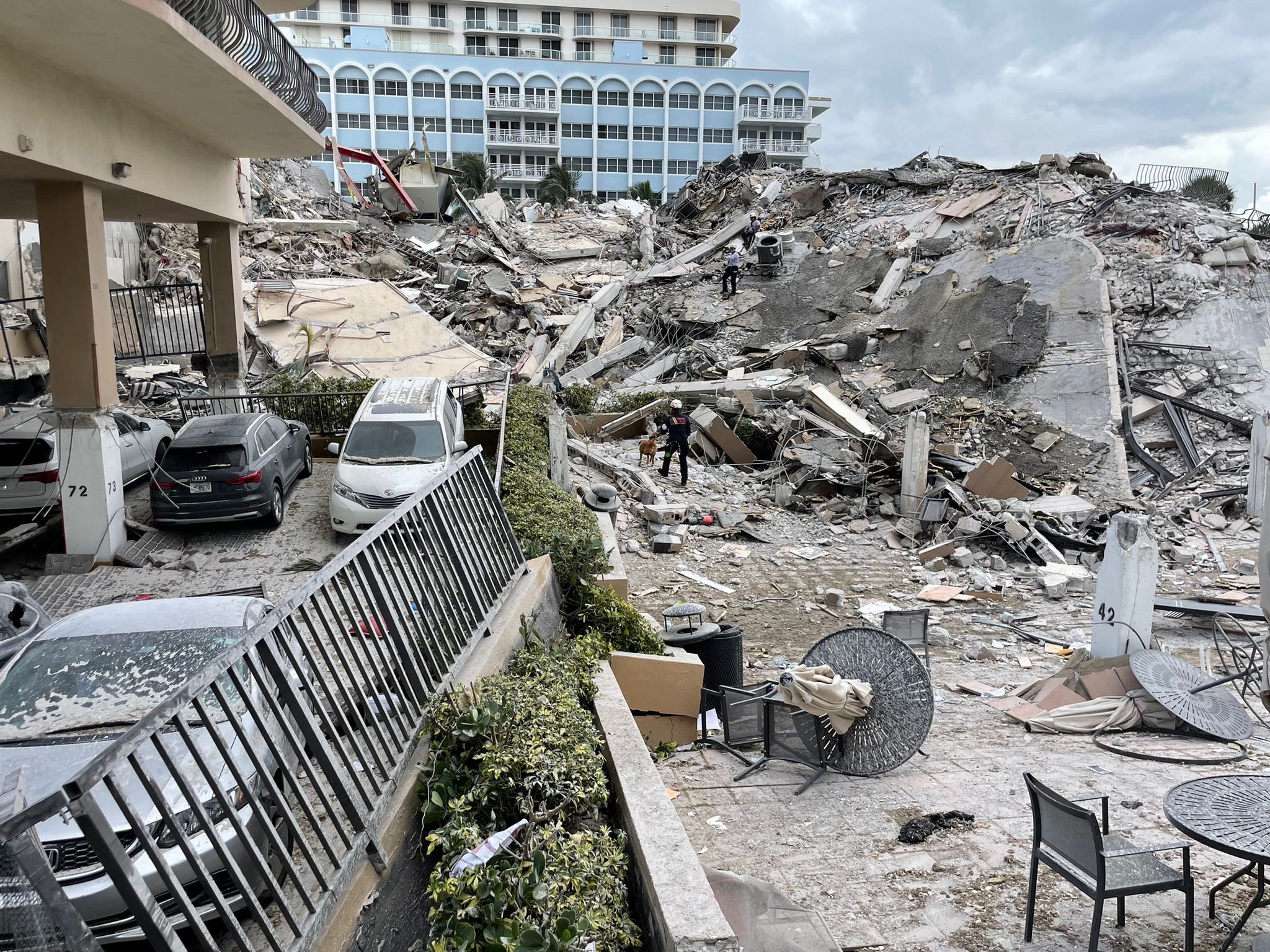After the 12-story condominium, Champlain Towers, collapsed in June 2021 and resulted in the deaths of 98 people and 11 injured in the Miami suburb of Surfside, the Florida Legislature decided to pass SB 154. This law required condominium associations to collect sufficient reserves based on findings from mandatory and routine structural integrity reserve studies. While the additional funds collected can mitigate the costs of restoring or repairing shoddy construction frameworks and can also support the maintenance and weatherization of buildings as a precaution for future deterioration and disasters, the sudden increases in fees left many condominium owners unable to afford the steep costs. In South Florida, the most expensive area of the state, condominium association fees have risen by nearly 60 percent in the last five years altogether. The funding that was included in SB 154 merely covered the cost of hiring at most 10 people who can assist with the implementation of the new policy. In the bill, there was also no funding proposed to sufficiently bolster condominium owners with paying the raised costs. The lack of funding going towards assisting condominium owners has inequitable and damaging outcomes for Floridians — particularly for seniors who do already own their condominium unit but cannot afford the burden of additional expenses on a fixed income —putting them at an increased risk of homelessness. The lack of funding has also forced local governments that can afford to fund programs that assist condominium owners and properly address the issue without having to resort to state assistance. Miami-Dade County alone has offered up to $50,000 in funding for each qualified applicant who owns a condominium in order to ensure that they remain housed. However, not every county can afford to provide aid without state funding and support — and those counties that in fact can afford the costs, are now pressured to make use of the funds to pay for condominium fees, rather than be able to appropriately address other significant and outstanding housing needs in their respective communities.
2022/2023 – State Condominium Law and Condominium Reserve Requirements

Image Source: Miami-Dade Fire Rescue Department
A ground view of the partially collapsed 12-story beachfront Champlain Towers South condominium building on June 24, 2021, in Miami, Florida